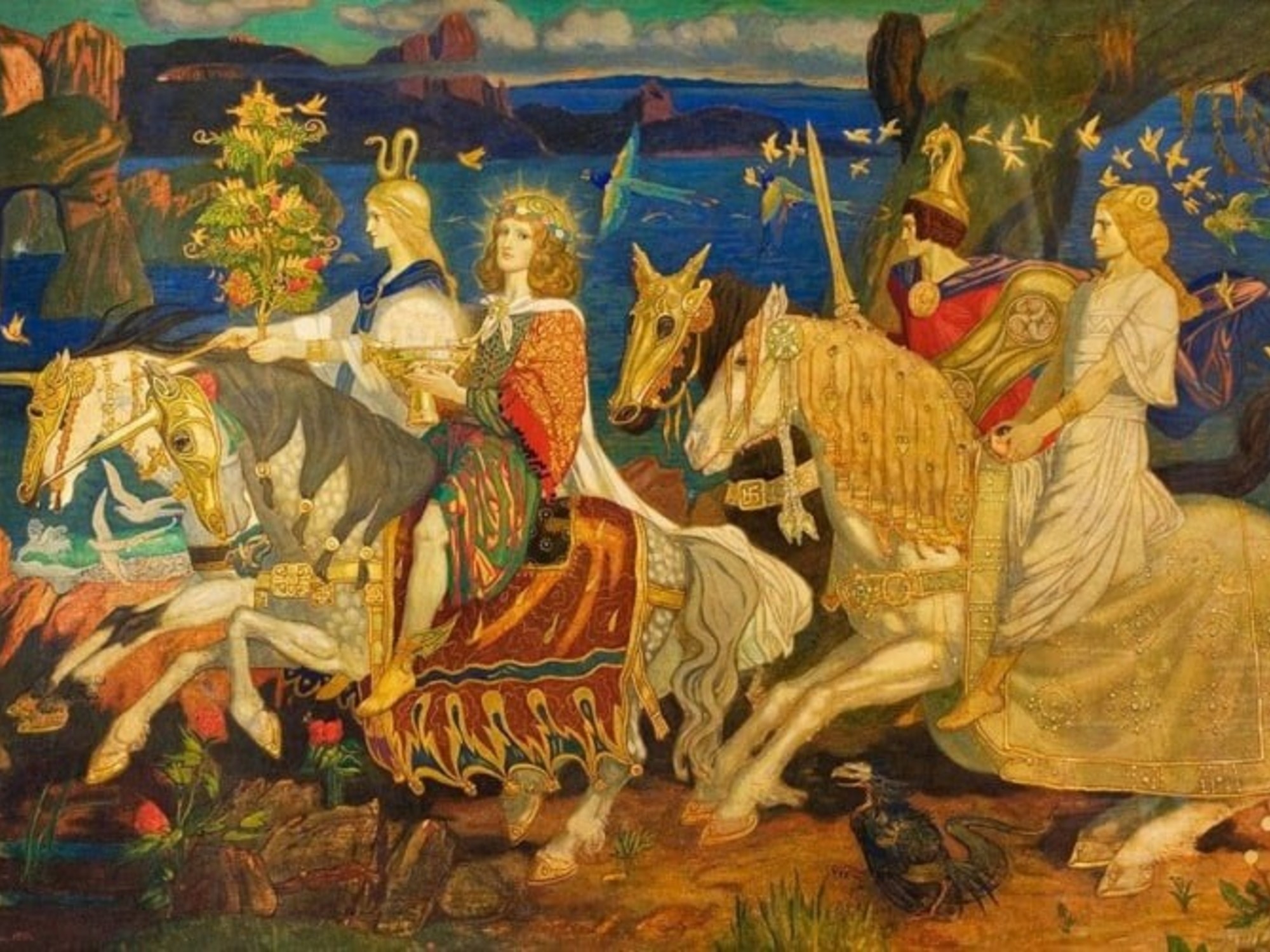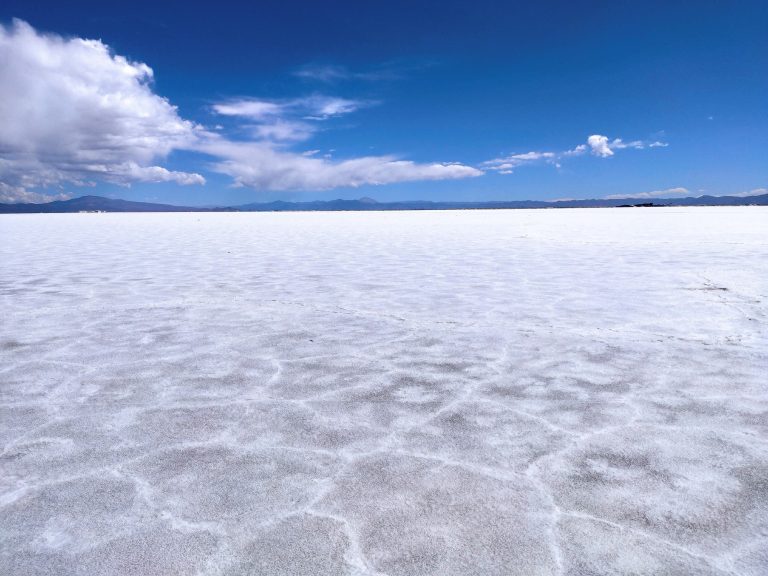
The pre-Christian peoples and after the Roman conquest of several Celtic areas of Europe, The people of that time began to worship gods who, especially, were predominant in the region of Ireland. In this way, the stories starring these deities gave rise to the celtic mythologywhich despite not being as popular as the Greek mythologycontinues to be studied and analyzed in depth.
Celtic mythology developed in the regions of Europe inhabited by the ancient Celts, approximately between the 2nd centuries BC and 5th centuries AD. These beliefs and legends were transmitted mainly through oral traditions and focused on the relationship between humans and the gods.
For these communities, the Gods were considered supreme beings with specific powers and attributes that influenced people’s lives. Through rituals, festivals and offerings, the Celts honored their Gods and sought their protection and blessings. Which were the most important.
The gods of Celtic mythology: Dagda
He is the supreme Celtic god, protector of the kingdom of the Tuatha De Danann (a divine race that ruled over the ancient Celts in Ireland) and the most important in Celtic mythology. His name means “Good God” and he was revered as a deity of fertility, abundance and protection.
 Celtic gods: Dagda
Celtic gods: DagdaTheir common attributes are a large club, which can both kill and raise the dead, and a giant cauldron that can produce an inexhaustible amount of food, especially porridge.
Bleat
Also called King of Demons. She belonged to the race of gods called Fomorian, what beings of death, darkness, the hidden and the night. They had various shapes, generally considered deformed or monstrous, some with an eye, a foot and a hand, others had animal heads.
 Celtic gods: Balar
Celtic gods: BalarIn the case of Bleat, had one eye on his forehead that could be capable of destroying everything and another in the back of his skull that he usually kept closed. When she opened it, her gaze – similar to lightning – was deadly to whoever he fixed it on.
Brigit
She is the Celtic goddess of fire, poetry, healing and wisdom. She is one of the most revered deities in Celtic mythology, worshiped for her ability to inspire creativity and encourage fertility in all forms.
 Celtic gods: Brigit
Celtic gods: BrigitShe was the wife of Bres of the fomorians, with whom he had a son, Ruadan. Myths say that the deity was born with a flame on his head that connected him with the Universe, hence the powers that come from inspiration, the art of healing and divination.
Morrigan
She is a war goddess whose name means “queen of mares.” Her sisters are the demonic goddesses of war. bodb and Macha. Morrigan was important during the festival of Samhain, October 31 and November 1, when she joined the warrior god The Dagda, guaranteeing fertility and prosperity for the following year.
 Celtic Gods: Morrigan
Celtic Gods: MorriganThe Celtic Warrior Goddess Morrigan She was depicted as a strong and determined woman, often looking like a crow or holding one in her hands. She was said to fly over battlefields, inspiring bravery in warriors and carrying the fallen to the afterlife. Morrigan personified the duality of life and death, and her presence was feared and respected in equal measure. Her call made men enter war.
Lugh
Lugh He is one of the most versatile Gods in Celtic mythology. He was considered the God of the sun, craftsmanship and skill in different disciplines. He was characterized by his skill in the arts, of which he was total master. He was a very beloved and revered god for his outstanding ability.
 Celtic Gods: Lugh
Celtic Gods: LughHe Celtic God Lugh He is represented as a young and handsome man, with a spear and a shield. In addition to his combat prowess, Lugh was also a patron god of artisans and skills in metallurgy, goldsmithing and the construction of magical objects were attributed to him. His presence was invoked in times of need, especially in times of war.
For more latest and up to dated news, Visit Baddiehub Now.








